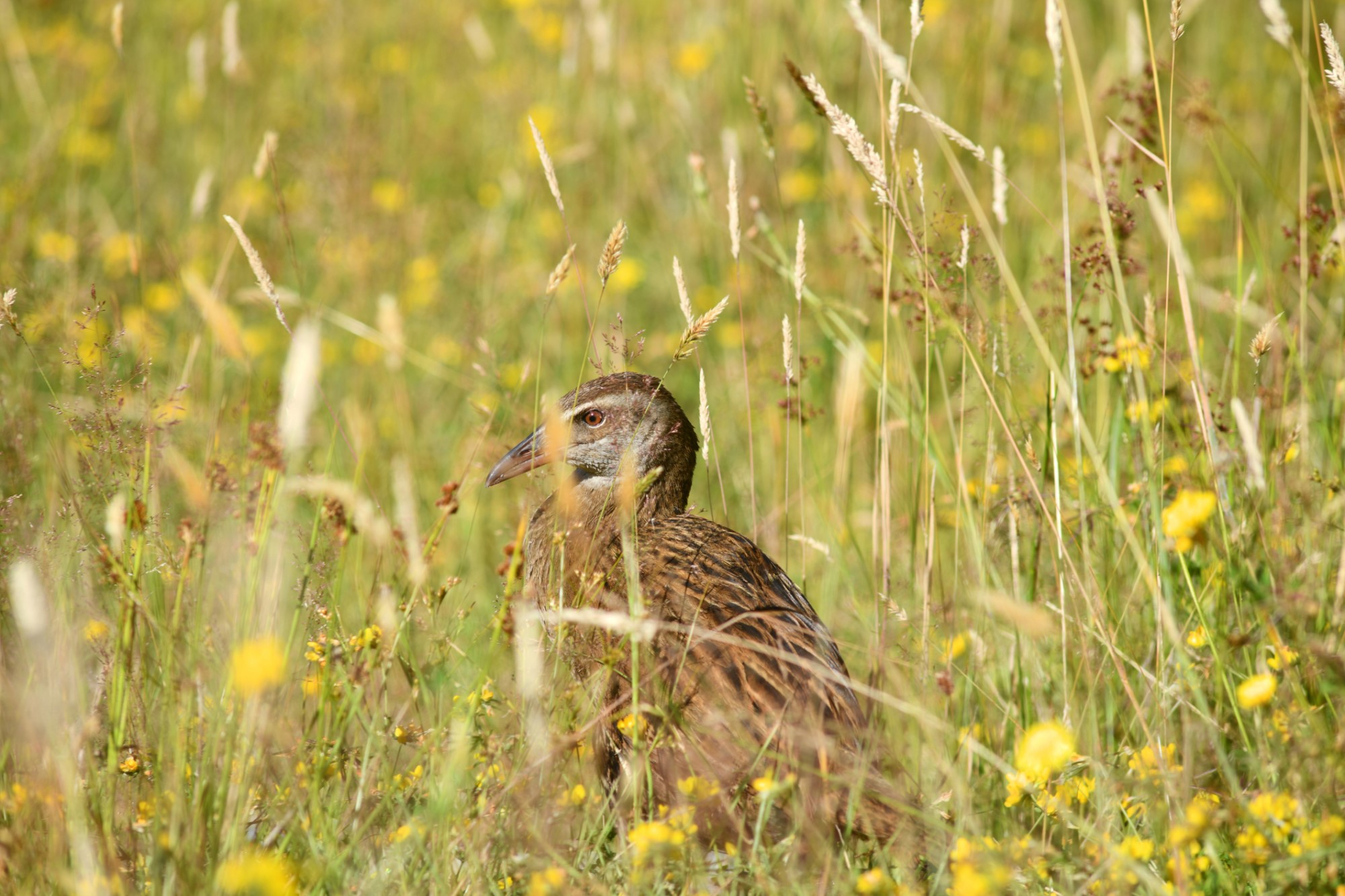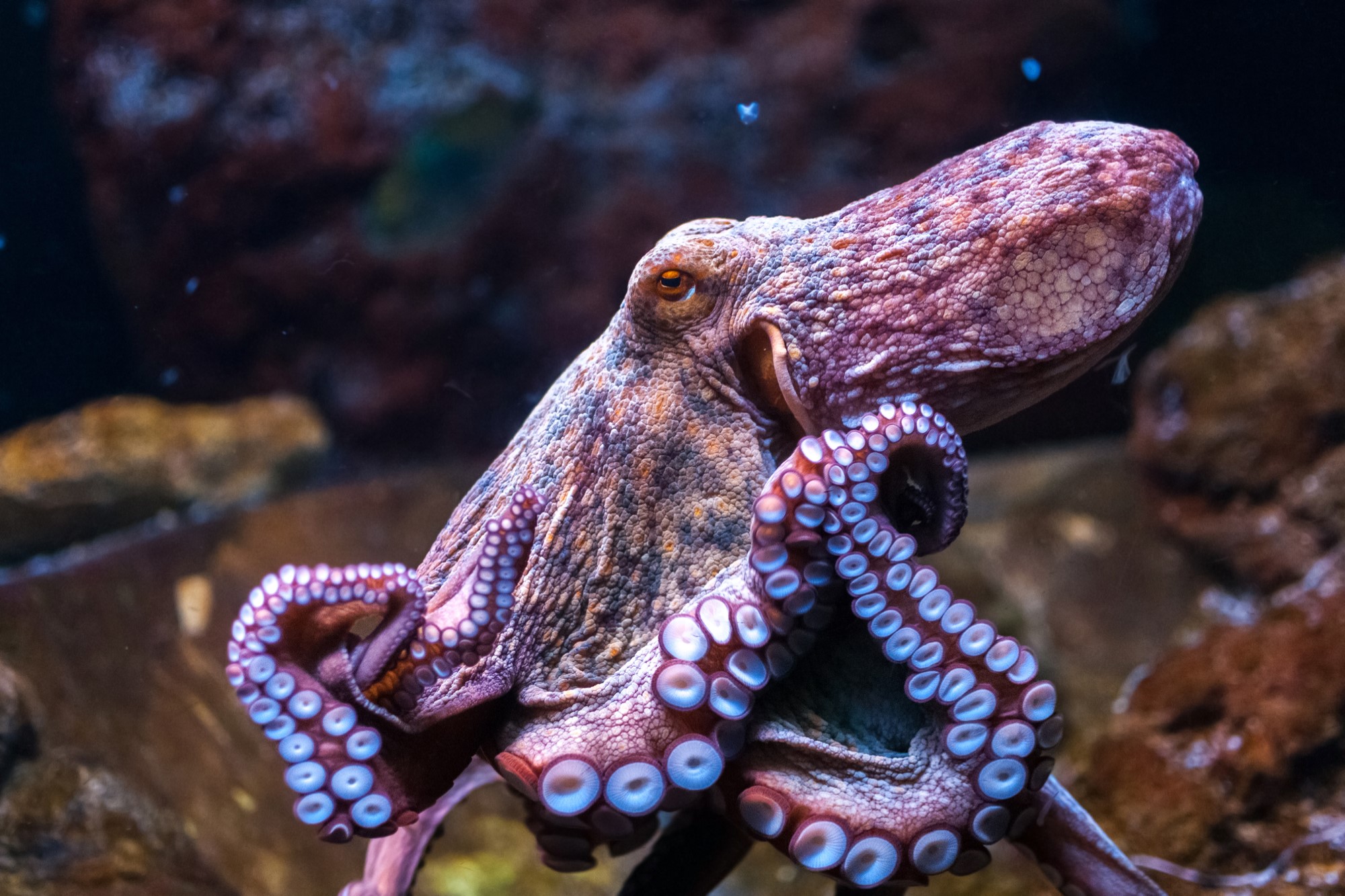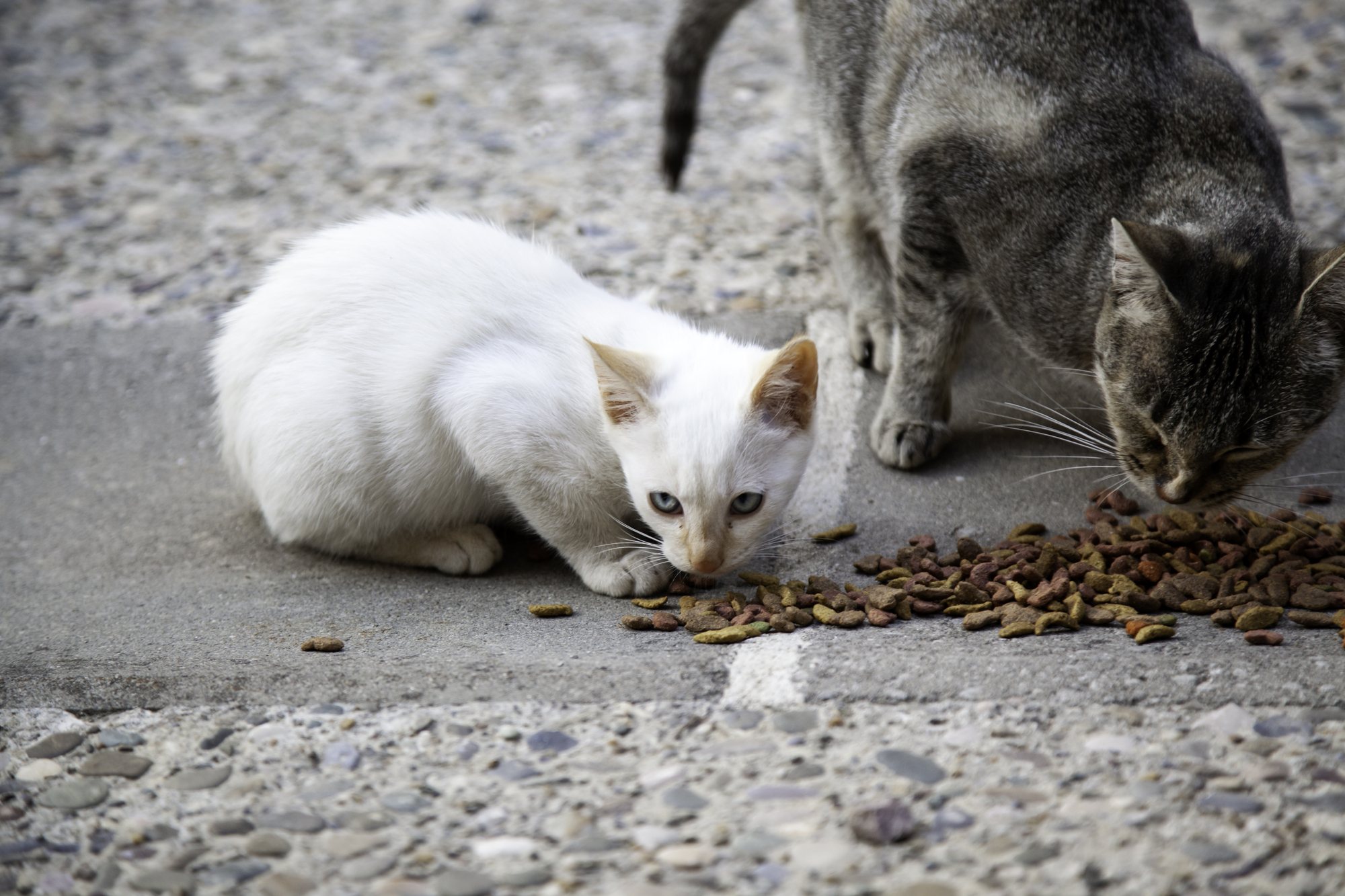The Puppy and the Snapping Turtle
On March 8, 2018, an abandoned, terminally ill puppy was brought into the classroom of Idaho high school science teacher Robert Crosland. Crosland, known for taking in sick animals, could tell that the puppy was beyond saving. After school, in front of a handful of his students, Crosland placed the sick puppy inside the tank of his snapping turtle. It drowned and was then eaten by the turtle. Crosland was reported for animal cruelty. The snapping turtle, a member of an invasive species, was confiscated and euthanized by the Department of Agriculture.
Many members of the community were outraged by the actions of the teacher. These people felt that the puppy should have been dealt with more humanely, even if it was on death’s door. Moreover, the disregard for the life of the puppy should not have been demonstrated in front of the young, impressionable minds of the students. Students look to adults, particularly role models like teachers, to learn how to behave. Critics are also concerned that teenagers were exposed to such graphic violence.
Others argue that the outrage over this case is unjustified for a variety of reasons. Mr. Crosland is a science teacher. It is a basic biological fact that animals eat other animals in order to survive. If Mr. Crosland had required his students to watch a nature documentary, they would have been exposed to the exact same level of violence and death. It is not the responsibility of a science teacher to shield children from the idea that a food chain exists in nature. Critics of Mr. Crosland’s actions would likely respond that the puppy’s death took place in this case in a way that would never take place in nature without the presence of human intervention. The snapping turtle would have been in no position to eat the puppy had Mr. Crosland not been involved. In response to that, defenders of Mr. Crosland might argue that it was better to feed a suffering, terminally ill puppy to the snapping turtle than an animal selected solely for to be consumed as food who might live a longer life full of positive experiences.
Another compelling argument in defense of Mr. Crosland’s actions is that the public response to the situation is evidence of the presence of a familiar kind of indefensible bias that human beings tend to have for their companion animals. People tend to be tremendously distressed if anyone intentionally harms a cat or a dog. Those same people are considerably less concerned about the suffering of other animals. If Mr. Crosland had a snake, presumably the community would not be outraged if he purchased a live mouse and fed it to that snake. Indeed, human beings are frequently willing to treat mice quite cruelly. Many people purchase sticky traps to rid their homes of mice. These traps catch mice through the use of a glue-like substance in which the mice get stuck. Once trapped, the mice often slowly starve to death before the inhabitants of the home find them or are willing to touch them. Deaths of this type involve much more suffering than the amount to which the puppy in Mr. Crosland’s classroom was subjected.
People also don’t seem very concerned with animal suffering when it comes to the production of the food they eat. Almost all of the meat in the United States is produced in factory farms. This method of meat production treats animals as objects to be mass-produced and slaughtered for human consumption as efficiently as possible. The interests of the animals in these conditions are not taken seriously. Pigs, chickens, turkeys, and cows are genetically modified to grow as large as possible as fast as possible. They are kept in such close quarters that they have no room to move around. Chickens are frequently de-beaked so that they don’t peck each other’s eyes out, which they often do because they are frantic and in such close proximity to one another. The existence of factory farms is no mystery to many people, and yet those same people are comfortable purchasing meat produced in those inhumane conditions.
What characteristics ought to guide our judgments with respect to when we should take the interests of an animal seriously? One candidate could be cognitive capacity. The smarter an animal is, the more justification we have for caring about what it wants. This is a non-arbitrary criterion, but it can’t serve as the justification for the attitudes on display with respect to the puppy in this case. Pigs are just as smart, if not much smarter, than most dogs. There is no justification, then, to express outrage over the perceived inhumane treatment of a terminally ill puppy while remaining untroubled by the tremendous suffering caused in the production of bacon for breakfast.
Another problem with the cognitive capacity test to determine whether a being’s interests should be taken seriously is that newborn infants and severely mentally impaired human beings might not pass the test.
Other philosophers, like Peter Singer, argue that a being’s capacity for suffering is the feature in virtue of which it is deserving of moral consideration. If a being can suffer, that suffering deserves to be taken seriously. Of course, according to this criterion, we should treat the suffering of puppies, mice, chickens, and snapping turtles equally seriously.
Other members of the community were troubled by the decision to euthanize the snapping turtle. The justification was that the snapping turtle is an invasive species. Snapping turtles are aggressive and adapt well to new environments. The Department of Agriculture advises the public that they should avoid contributing to the propagation of invasive species. Though the rationale makes sense, it seems fairly clear that in this particular case, there was no need for fear that the snapping turtle would reproduce and spread in the environment. After all, it was being kept as a pet in a high school classroom. It is also far from clear that our obligation to prevent the spread of invasive species justifies killing an individual member of that species.
This case highlights the fact that, though it is a good thing when our communities care about non-human animals, the coherence of that concern across a wide range of practices is something about which we need to be more reflective. When determining which other living things are deserving of moral consideration, cuteness is not a morally relevant consideration.





